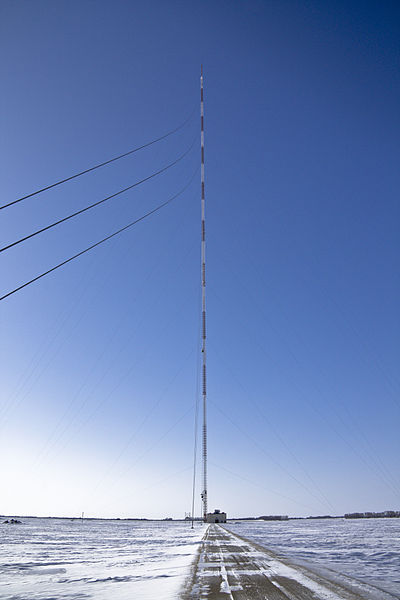
Called VTB Arena Park, the project comprises the redevelopment of the Dynamo Moscow stadium and its surrounding park Erick a contemporary multifunctional urban regenerator, that will play a key role in transforming its wider surroundings.
Erick van Egeraat’s 300,000-m2 multifunctional culture, health and sports centre will be developed on a 116,000-m2 site and will comprise a 45,000-seat Stadium Arena for Dynamo Moscow, a 10,000-seat Arena Hall, a Retail and Entertainment complex, restaurants, parking and other facilities.
VTB Arena allows the existing park to be completely preserved as a public, green area. Parking facilities will be included underground, and horeca and sports training facilities will be included above ground, with the park continuing over the roof of these functions.
Erick van Egeraat partnered with Russian architect Mikhail Posokhin for the project.
















































